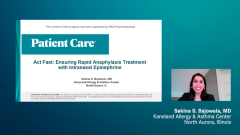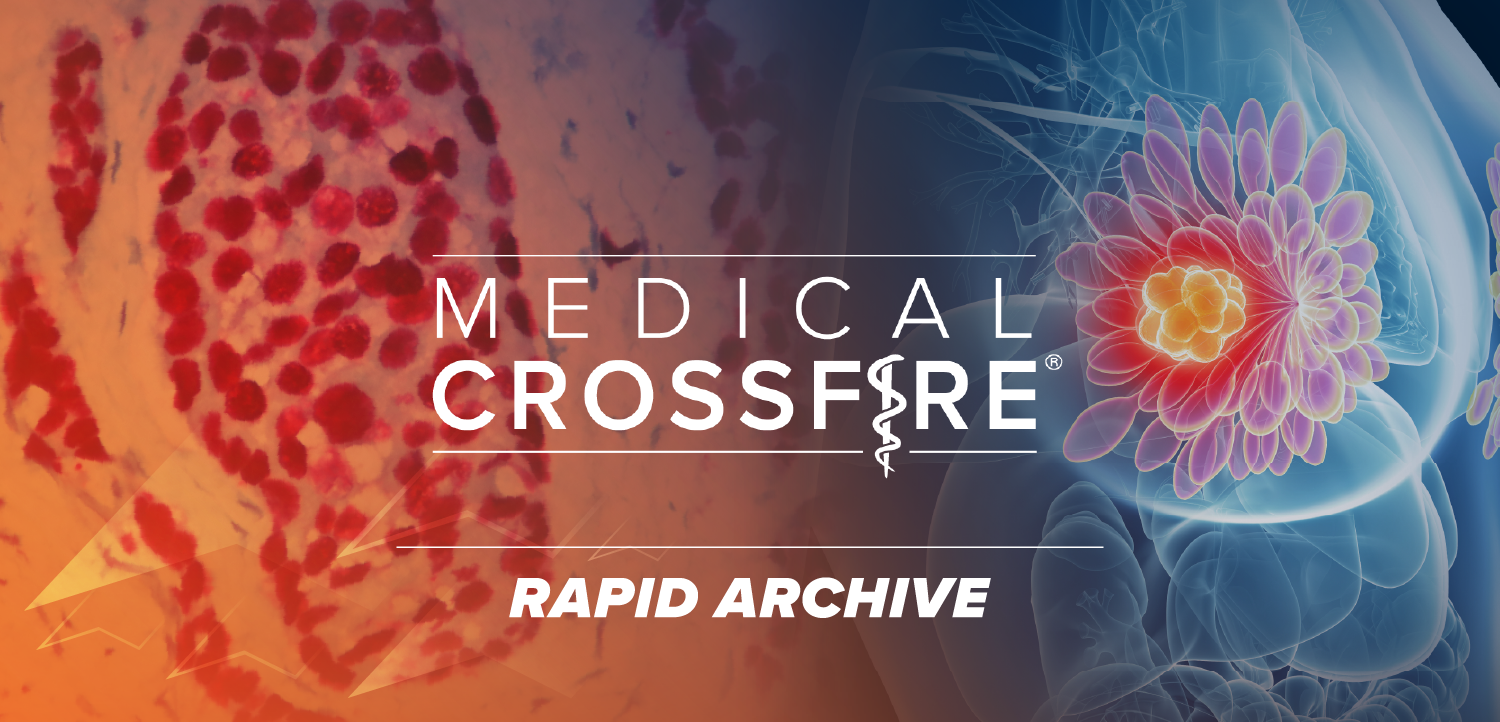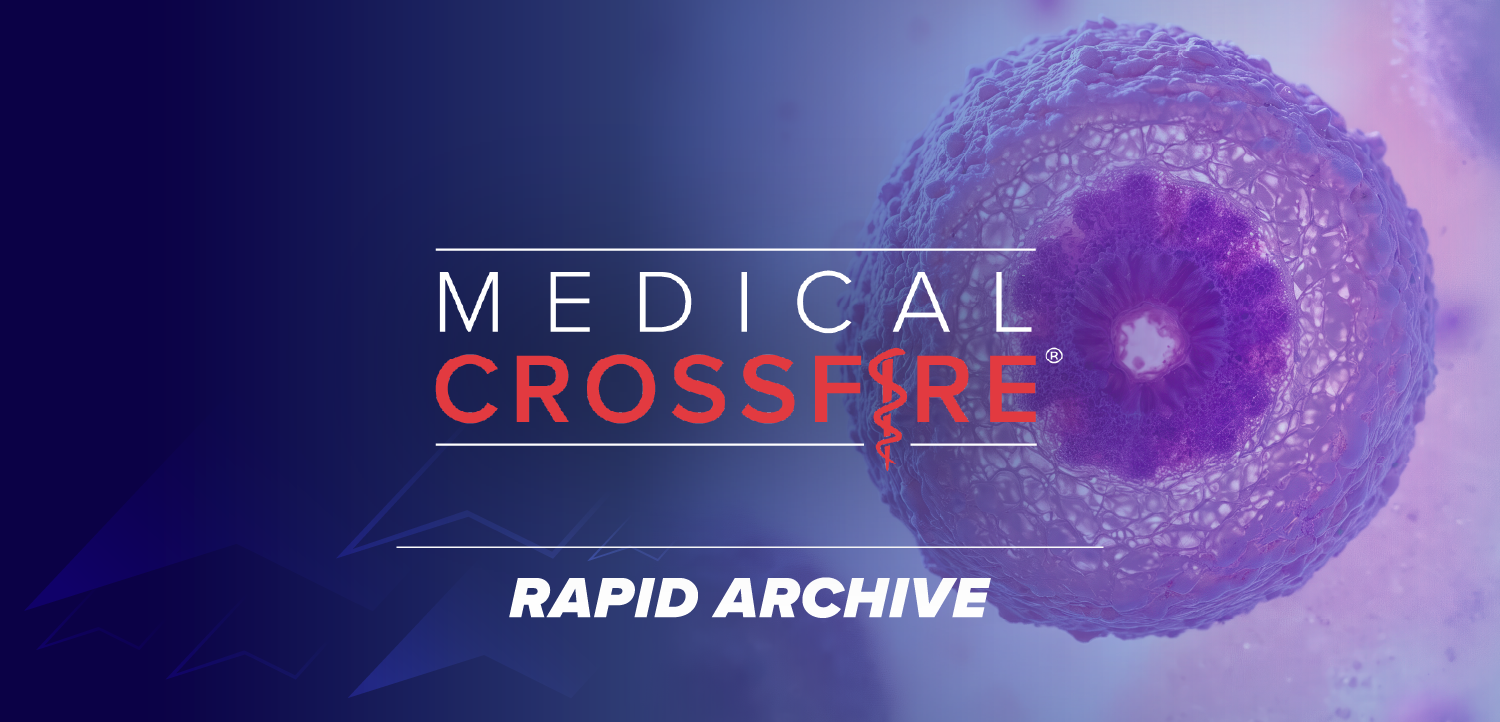
Understanding Anaphylaxis: The Signs, Symptoms, and Burdens
A panelist discusses how anaphylaxis affects approximately 40 million people in the United States with severe systemic reactions involving multiple organ systems, leading to over 500,000 emergency room visits annually.
Episodes in this series

Introduction to Anaphylaxis and Type 1 Allergic Reactions
This educational program focuses on intranasal epinephrine as a novel treatment option for anaphylaxis, presented by a board-certified allergist and immunologist. The session aims to discuss the critical importance of timely epinephrine administration, identify barriers to rapid treatment, and explore practical strategies for improving patient education and preparedness in anaphylaxis management.
Type 1 allergic reactions affect approximately 40 million people in the United States, with severe systemic reactions involving two or more organ systems. These reactions commonly result from exposure to food allergens, venom, drugs, or environmental triggers, with over 40% occurring in children. The burden is significant, resulting in more than 500,000 emergency room visits annually due to systemic hypersensitivity reactions.
Anaphylaxis is defined as either a serious allergic reaction involving multiple organ systems that develops rapidly with potentially life-threatening symptoms, or as an acute systemic reaction resulting from sudden mediator release from mast cells and basophils. Most patients (85%) present with mucocutaneous symptoms including edema and hives, while 80% experience respiratory symptoms, 35% have cardiovascular manifestations, and 25% develop gastrointestinal symptoms during anaphylactic episodes.
Newsletter
Enhance your clinical practice with the Patient Care newsletter, offering the latest evidence-based guidelines, diagnostic insights, and treatment strategies for primary care physicians.
















































































































































































































































































